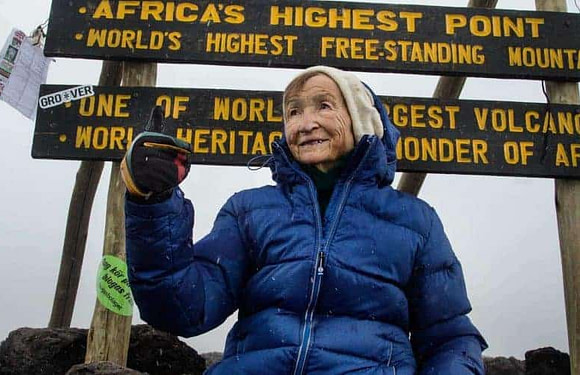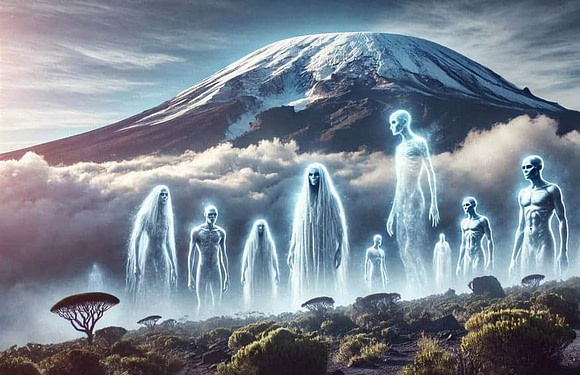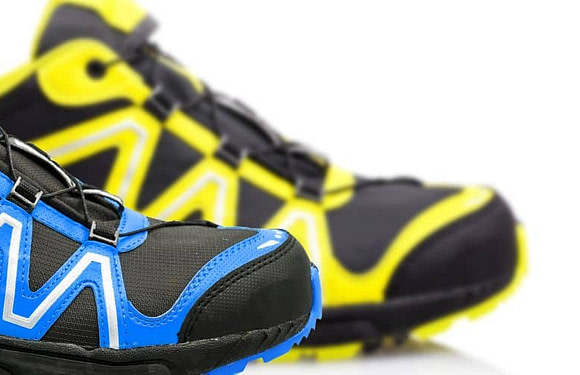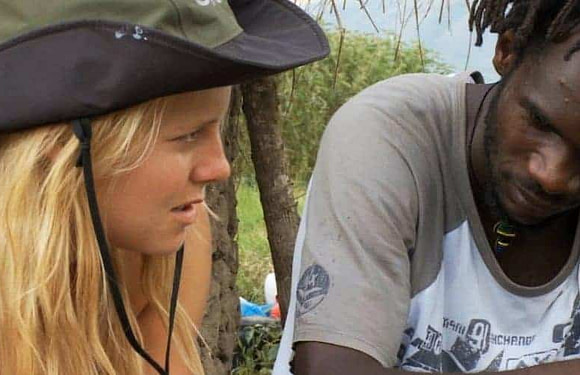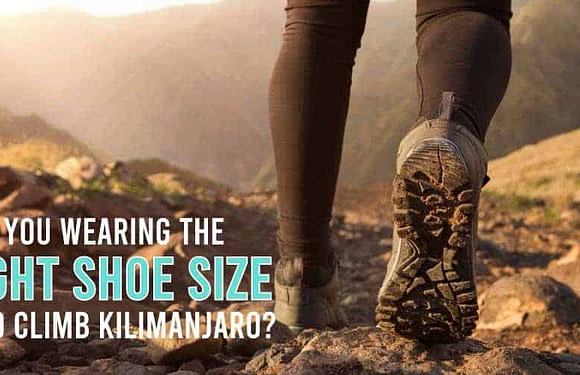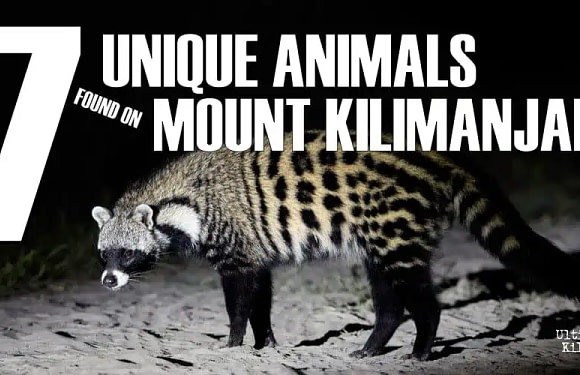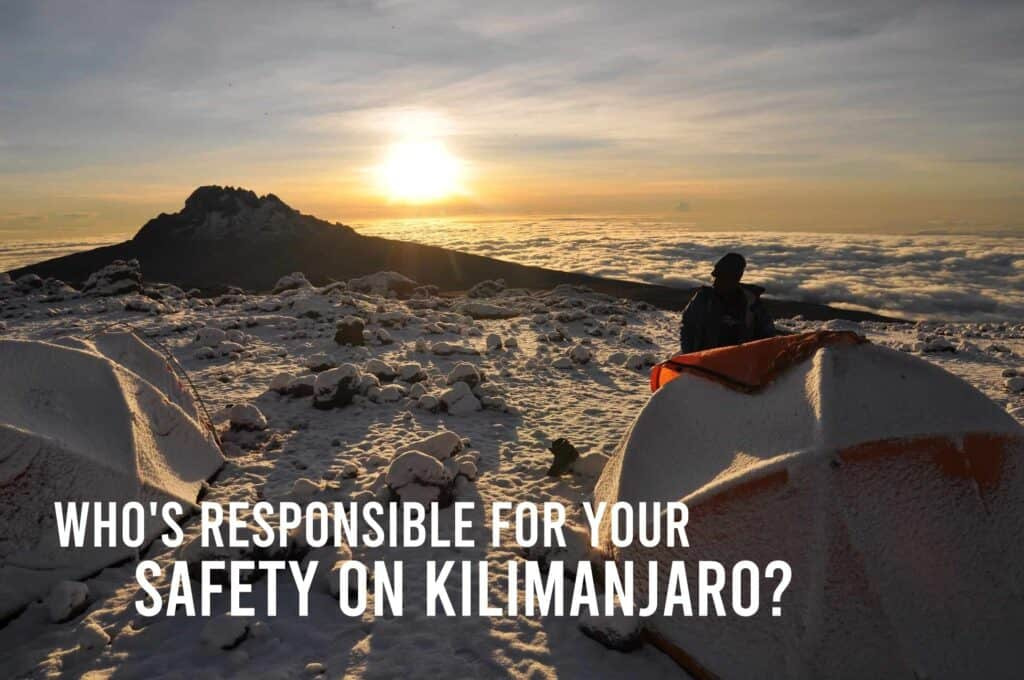
To be a top Kilimanjaro operator, one must be focused on safety.
After all, being at extremely high altitude has its risks. And leading people up the mountain, some of whom have little to no experience in the outdoors, means the outfitter is required to look after their clients.
We at Ultimate Kilimanjaro put our client’s safety first. More than anything, we want everyone to come home in good health. You might even say we go overboard with safety. Therefore, the precautions we take are very, very robust.
Every climb is staffed with a team of professional guides. Because we handle over 1,000 climbers per year, our guides have extensive experience in the field. They have seen everything and know how to prevent, detect, and treat altitude related illnesses. And because there is approximately one guide to every three clients on our trips, we have enough eyeballs on the climbers at all times to observe and evaluate everyone throughout the trek.
What are the guides looking at? Many things.
Here are some assessments they may be performing:
- Are you finishing meals or hardly eating?
- Are you asking for water refills or barely drinking?
- Are you strong on the trail or laboring through?
- Are you stable on your feet or losing balance?
- Are you breathing normally or out of breath?
- Are you alert or mentally zoned out?
- Are you speaking clearly and coherently or slurring words and thoughts?
- Is your appearance normal or is something off with your skin tone, lips, and eyes?
- Is your personality the same or has your behavior changed?
Additionally, twice daily, our guides conduct health checks. Using a pulse oximeter, they measure oxygen saturation and pulse rate. Also, they administer a questionnaire to evaluate whether someone has symptoms of altitude sickness and their severity. Taken as a whole, our guides can make a reasonable determination on whether someone should or should not continue climbing.

Our team is well prepared for emergencies. We have established rescue protocols in place.
- Our guides are certified Wilderness First Responders. They have the knowledge and training to handle emergencies.
- Our staff carries emergency oxygen on all climbs and can administer oxygen to treat AMS.
- Our staff carries or has access to stretchers to evacuate climbers who need to descend but are unable to walk on their own.
- Our staff can initiate helicopter evacuation through Kili MedAir.
But for all the things we do to protect climbers, they should all be considered secondary.
The primary person who is responsible for your safety is you.
AMS usually starts with mild symptoms which become progressively worse if one is not acclimatizing well. External symptoms and pulse oximeter readings may reveal some extent of altitude illness. But no one knows how you feel better than you do. You might feel good while still having some low oxygen readings. Or you might feel terrible while having high oxygen readings. In either case, trust your body over a number on a device. It’s the more accurate indicator.
It is very important that climbers are completely honest with the guides about their symptoms. It is a big mistake to hide or downplay symptoms of altitude sickness due to feelings of embarassment or fear of being told to descend. It is only with accurate feedback can guides take actions to treat your sickness. We should mention here than AMS can cause confusion and impair decision making. Some people may think they are good to go while other things suggest more serious altitude sickness. Keep the lines of communication open at all times.
With conflicting data and a willing participant, the guide’s judgement comes into play. Usually they will give it more time in order to gather more information as long as there is no medical urgency. We don’t want to cut a person’s trip off prematurely, nor do we want to allow someone to unintentionally put their life in jeopardy. It’s a balancing act. The guides understand that everyone wants to summit and will do their best to allow everyone the opportunity – as long as the team can operate with a reasonable degree of safety.
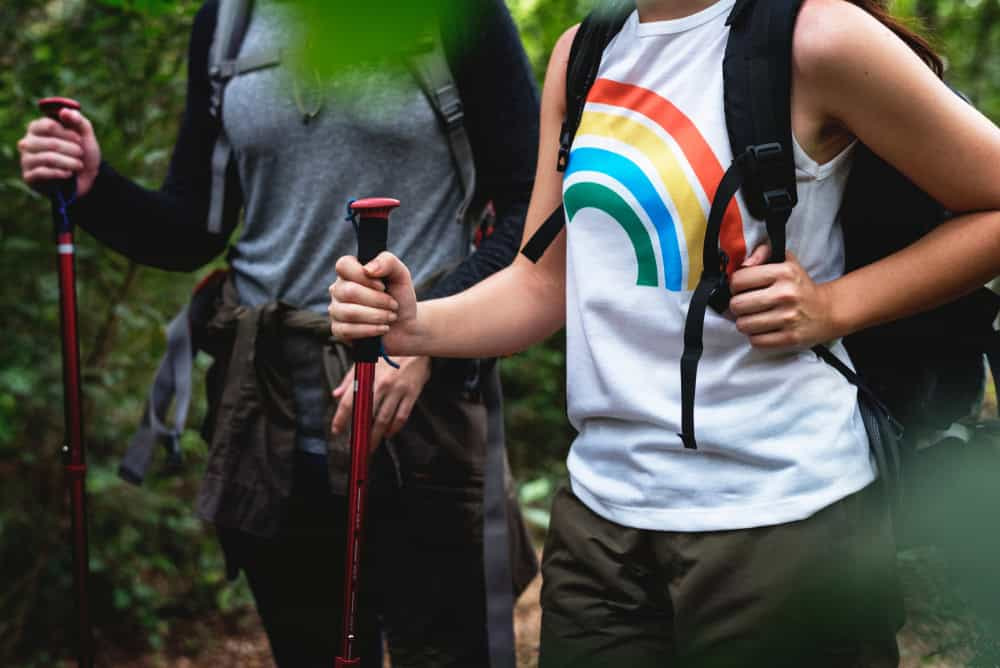
Having others along, whether members of the climbing party or friends from back home, is generally beneficial. They can more quickly notice when something is different about you as they are more familiar with your personality. For instance, if one is normally a loud, jovial person but becomes quiet and reclusive, that is a sign that someone may be feeling ill. Similarly, though more rare, someone who is normally an introvert then suddenly is the life of the party may also be experiencing the effects of altitude (oxygen deprivation induced euphoria). Having friends along helps to identify altitude sickness and also can help someone make the hard decision to turn around.
People get in trouble on the mountain when they think they can tough out AMS. But that’s not how it works. AMS is a biological response to oxygen deprivation. If the body does not adapt to the environment, then the only other solution is to adapt the environment to the body (ie., descend). Our guides will make the call when they feel it is necessary, but the climbers themselves can and should make the call too. It is more than OK to tell your guide you want to descend. It’s being a smart and responsible person.



















































